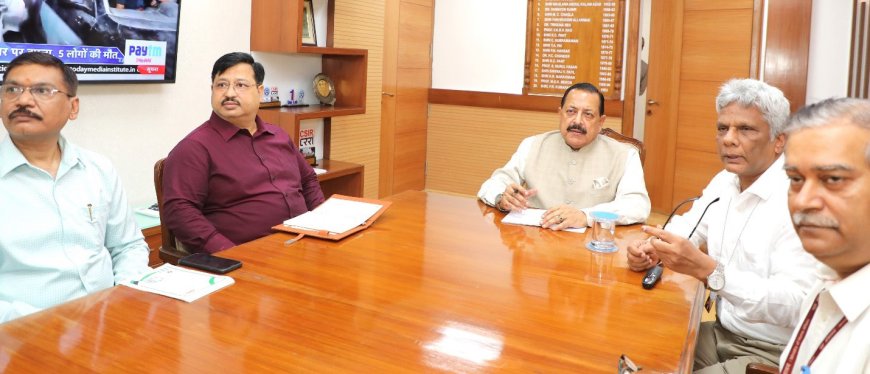India’s nuclear power generation capacity to go up by 70 percent in 5 years

India’s nuclear power generation capacity is to increase by around 70 percent in the next 5 years, according to Union Minister Dr. Jitendra Singh. He was convening a high-level meeting to review the 100 days Action Plan of the Department of Atomic Energy (DAE).
Highlighting India’s progress in nuclear energy and renewable energy in the energy landscape, Dr Jitendra Singh said, “Installed capacity of 7.48 GWe will become 13.08 GWe by 2029, which is over 70 percent increase with addition of 7 new reactors.” He also took stock of the already operational projects and gave directions for upcoming plans.
The minister directed the department to integrate and collaborate to harness full potential, by capacity building and sharing of knowledge, resources and expertise. Emphasizing on indigenous development of technology, he said, “Indigenous technology development and promoting energy security should be our priority.” He recalled that this government has allowed joint ventures with public sector units, increasing budget through collaboration, use of next generation technologies, and increasing cooperation. Speaking on the ease of doing research and scaling up activities he said we are giving single point approval to promote ease of science and promote ease of living for citizens by application of nuclear technology.
Dr. Jitendra Singh informed that the department is suitably designing the 220 MW Pressurized Heavy Water Reactor (PHWR) to use a Bharat Small Reactor (BSR) for captive nuclear power generation. He also informed that DAE is also working on Bharat Small Modular Reactor (BSMR) 220 MW to use light water-based reactors by replacing Calandria by pressure vessel.
According to Dr, Jitendra Singh, BHAVINI, a public sector undertaking is in progress to complete initial fuel loading of Prototype Fast Breeder reactor and its first approach to criticality is expected in the coming months. This is the first fast breeder reactor to produce more fuel than it consumes.







